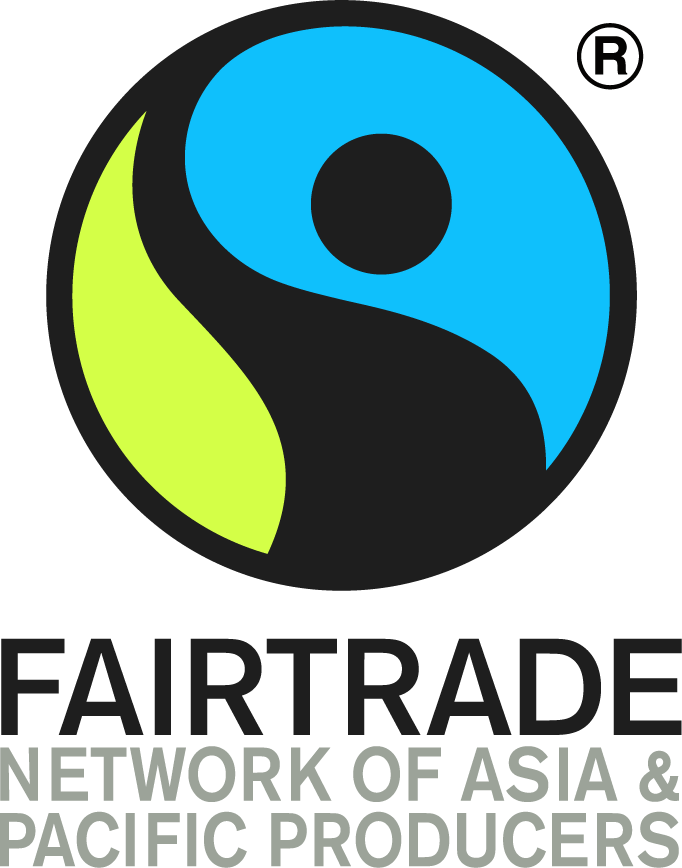How Fairtrade Cotton Farmers in Odisha Are Weathering the Climate with Smart Tools
In the cotton-growing heartland of Titlagarh, in Odisha, India, once reliant solely on tradition and intuition, local farming communities are now tuning in to real-time data and digital dashboards, with the installation of Weather stations supported through the Fairtrade Producer Support Services at The Creative Fabrics and Pratima Agro & Paper Pvt. Ltd.


In the cotton-growing heartland of Titlagarh, in Odisha, India, once reliant solely on tradition and intuition, local farming communities are now tuning in to real-time data and digital dashboards, with the installation of Weather stations supported through the Fairtrade Producer Support Services at The Creative Fabrics and Pratima Agro & Paper Pvt. Ltd.
What was once reactive farming is now precision and climate-smart agriculture led by tech-savvy producer organizations ready to face the future— weather forecast at a time.
The Pulse of the Fields: Weather Stations as Change Agents
These aren't just weather machines—they’re revolutionaries in disguise. Installed in strategic cotton fields of Muribhal District Bolangir, the stations gather critical data on temperature, humidity, rainfall, and soil moisture, wind speed, pest infestation, disease identification, availability of water etc. —information that is now shaping planting schedules, irrigation plans, and harvest strategies, package of practises.


Sayali Mahadik, Deputy Program Manager for Central India, recently conducted a field visit to monitor the performance of four weather stations installed under the Fairtrade Premium Project in Muribhal District.
A key observation from the visit was the continued use of the weather stations by producers even during the off-season. Farmers are actively utilizing the technology to monitor environmental changes, fostering a culture of data-driven awareness and proactive farm planning. Notably, in one village, a WhatsApp group has been created by local farmers to share real-time weather updates, temperature readings, and pest infestation alerts within a 2.5 km radius—transforming isolated data into a powerful tool for community-wide preparedness.


From Data to Decisions: Cultivating Resilience Through Training
But technology is only as powerful as its people. So, Fairtrade NAPP took it a step further—offering hands-on training for producers and PO staff on:
- Fairtrade Standards and traceability
- Farm digitalization tools like FARM ERP
- Human Rights & Environmental Due Diligence (HREDD)
- Climate-resilient strategies for sustainable supply chains
With each workshop, producers not only learned to interpret weather data but also understood how to weave it into everyday farm operations, ensuring smarter decisions and climate-resilient outcomes.
A Digital Awakening in the Fields
Producers are no longer just cultivators of cotton—they’re becoming custodians of climate data, innovators of sustainable practices, and leaders in local digital ecosystems.
By embracing digital tools, they are redefining farming in rural India—making it smarter, safer, and more sustainable for the next generation.
Fairtrade NAPP’s vision of digital empowerment is fostering a new era of agriculture—where technology bridges tradition, and resilience grows alongside cotton.
Voices from the Field
Bansi Maahkur, a cotton farmer from Pratima Agro & Paper Pvt. Ltd.
“The weather station is a lifeline. We use it daily and share updates with our entire village network. It’s helping us make better choices and protect our crops.”
Swadin Dharua, a cotton farmer from The Creative Fabrics via SHAD
“This tool has changed how we farm. We’re proud to be part of something bigger—something digital, something powerful. More trainings will help us go even further.”
What’s Next?
This is just the beginning. Fairtrade NAPP is gearing up to scale these efforts with:
- Advanced capacity-building programs
- Exposure visits for peer learning
- Deeper integration of digital systems for farm and supply chain traceability
The future of farming is not just in the soil—it’s also in the data-driven decisions that today’s farmers are ready to make. When communities own their data, they own their future. Together, our cotton producers are planting more than cotton—they’re planting resilience, equity, and innovation.
